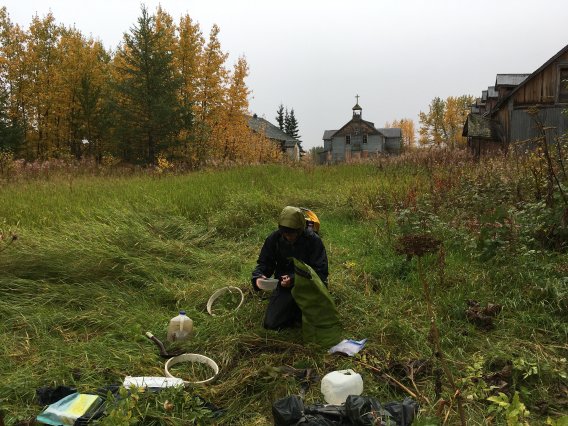Earth Surface Processes and Biogeochemistry: Responses to Gobal W"o"rming
Kyungsoo Yoo, Professor in the Department of Soil, Water, and Climate at the University of Minnesota and the lead of the Soil Geomorphology and Biogeochemstry Group
Abstract: Earthworms are fascinating animals. Where they are abundant, they are one of the biggest consumers of plant biomass. Simultaneously, they are ecosystem engineers that shape the structure of soils. In the formerly glaciated and peri-glacial regions of the world, including Minnesota, the ice and cold wiped out native earthworms before the Holocene. With climate warming, forests and prairies reoccupied the newly emerging lands following the retreating glaciers. Earthworms, however, being slow creatures, could not keep up. The vast ecosystems in High Latitudes have evolved without earthworms. Only recently, the status quo has been fundamentally and rapidly altered globally. Expanding imperialism, farming, gardening, logging, housing developments, recreational hiking and fishing, and other human activities helped spread exotic earthworms worldwide.
Here, I show the global-scale expansion of European earthworms and their drastic impacts on soils in Minnesota, Fennoscandia, and Alaska. I will also show how a new wave of jumping worms of Asian origin may replace European earthworms while creating entirely new soils. My primary goal is to excite engineers and earth scientists about the yet unexplored research opportunities in exploring how Earth's surface processes respond to Global W"o"rming.

About: Professor Yoo received his B.S. in Physics at Yonsei University in Seoul, South Korea. He went on to receive a Master's in Atomic Physics at the same university. He received his Ph.D. in Ecosystem Sciences at the University of California - Berkeley and received his Postdoctoral Fellowship at the same university studying Soil Geomorphology. He is currently a Professor in the Department. of Soil, Water, and Climate at the University of Minnesota.
